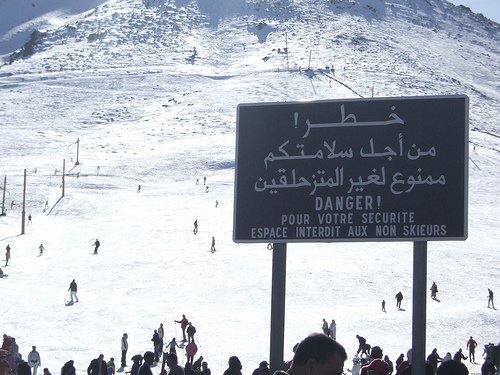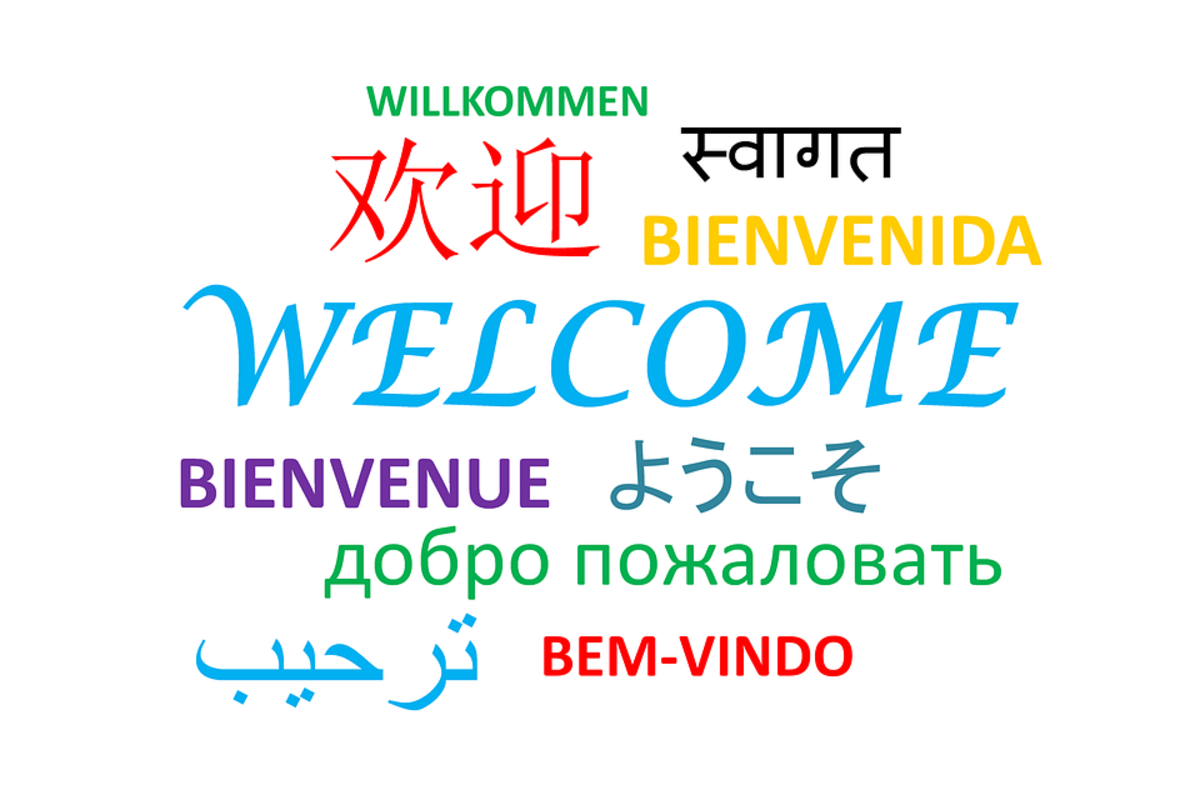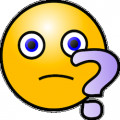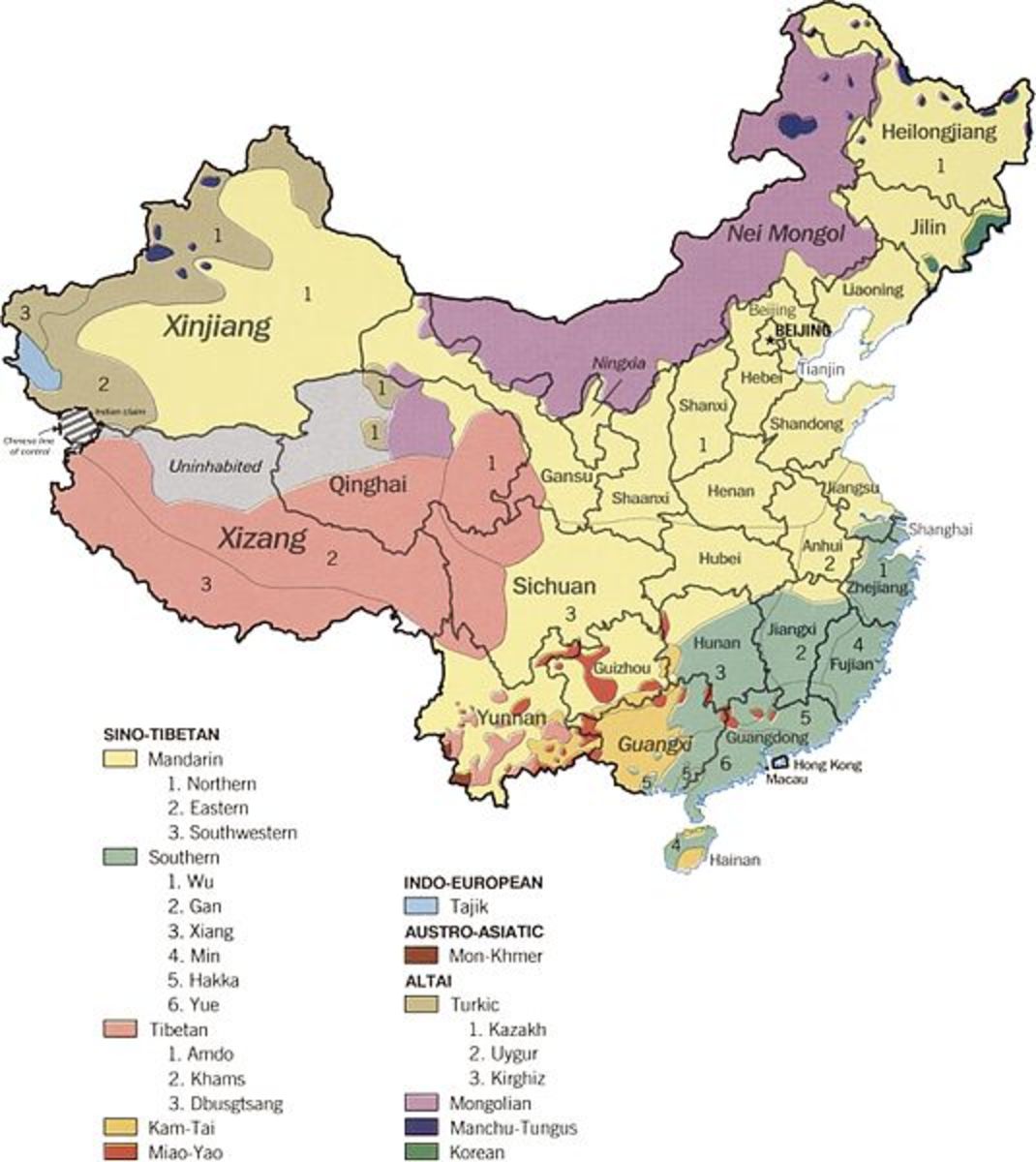What you Need to Know About the Arabic Language

Get Some Background Information About Arabic
The Arabic language ranks sixth among the league of world language. The estimated number of people who speak Arabic in the world is 186 million. It is also the language in which the Holy Islam book is written in – the Quran. Arabic is part of the Semitic languages which has other languages like Amharic, the language used in Ethiopia and Hebrew. Hebrew has many other dialects. The dialect that the Quran is written in is known as the Classical Arabic. It was originally the dialect of Mecca which later became Saudi Arabia. The Modern Standard Arabic is an adaptation of this original dialect. It is the dialect that is in use in newspapers, radio and television. It is also commonly used in mosques and as the language of communication between educated Arabs. Due to these variances in most local dialects, Arabs from different localities might have difficulties in understanding each other.

How to Learn Arabic
Arabic in general could be much easier than learning Latin or even German. The language does take time to learn as well as practice, but the irregularities are just few. For the native, European language speakers, they may have a problem understanding the Arabic concept. This is because the Arabic words come from a root system that may produce many other related words. For example, the root k-t-b brings about an idea of writing. The words one can derive from it are such words like book, author, library, and office. It is quite different from the European languages and English. Therefore, to learn Arabic easily, one would have to learn the use and the sound of the root word. Arabic has a total of 28 consonants and 3 vowels. These can be either short or long. The sounds of the Arabic language are at times difficult for foreigners to pronounce. Therefore, to understand it perfectly, one would have to live for a while in the region of their chosen dialect. Since Arabic has fewer consonants, some additional letters were created during the seventh century to prevent ambiguity. This was done by the addition of dots to letters. It was necessary to assist in the clear reading of the Quran. Some regions have adapted the colloquial use of the Arabic language. This use occurs mostly in comic books, plays and translations of the Bible to Arabic.

What is the History of the Language
The history of Semitic languages dates back to thousands of years. There were the key languages in use in the Mediterranean basin and especially so in the Tigris and Euphrates region. Initially, the Arabian peninsular was seen as the origin of the Semitic languages, but many scholars have since changed their view. They instead see the Somalia/Ethiopia region as the origin. This is ironical since this is currently the home of the youngest of the Semitic languages; Amharic and Arabic. Both of these languages are thought to have emerged in the middle of the fourth century. The observation of the Semitic languages has been that when new members in the group emerge, they utterly assimilate the older ones.
The older ones disappear, and their use is left to the religious context only. This is the same factor that was observed in the spread of the Arabic, which came and entirely replaced its predecessors. The emergence of Islam brought about the replacement after only a few hundred years swallowing most of the former dialects. That means their use as everyday languages ceased, in preference of Arabic. The countries that have Arabic speakers are; Jordan, Gaza, Kenya, Saudi Arabia, Qatar, Iraq, Iran, Kuwait, Mali Morocco, Niger, Tunisia, Tanzania, UAE, Yemen, Syria, Sudan, Oman and Mauritania. This, however, is not the complete list of these countries. Each country has varying number of speakers. The use of colloquial Arabic has also gained much popularity and it is spoken in more than 30 varying varieties. Since Egyptian films and TV shows are popular, the Egyptian dialect has about 50 million speakers. It is perhaps the most widely understood dialect.








